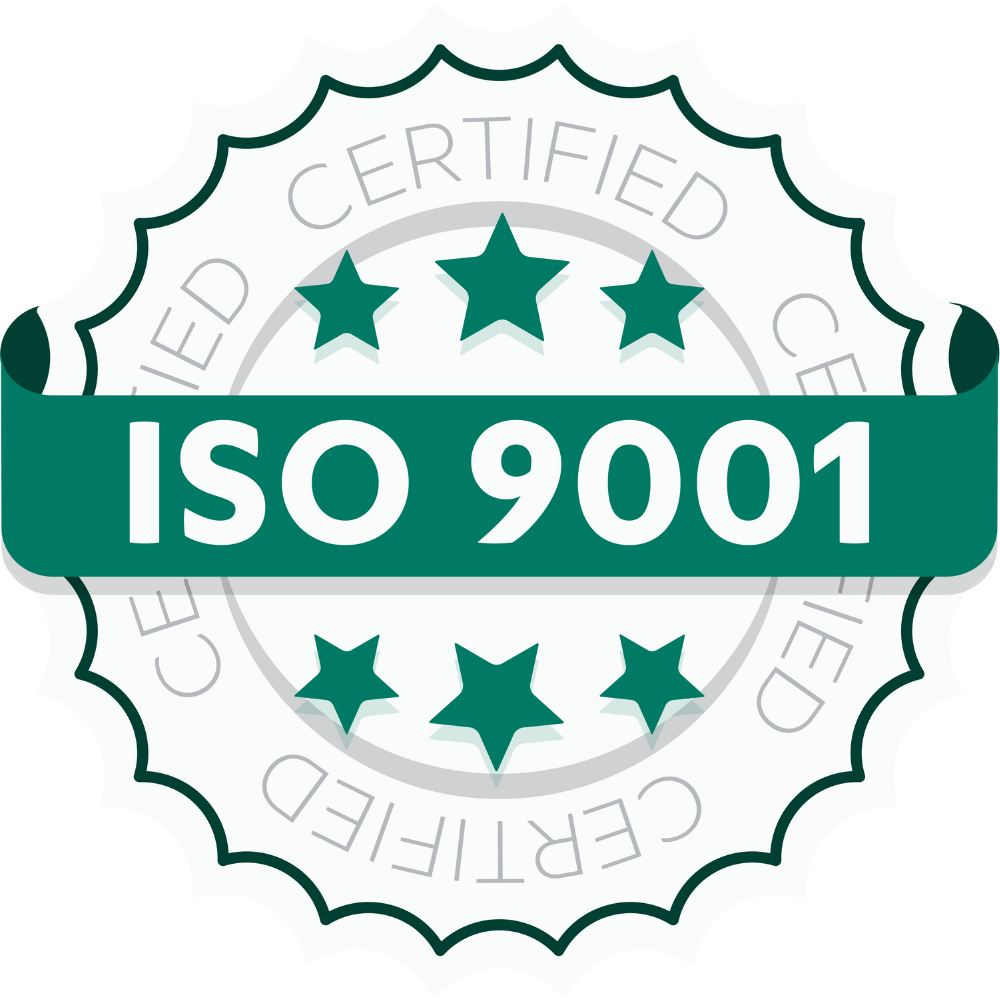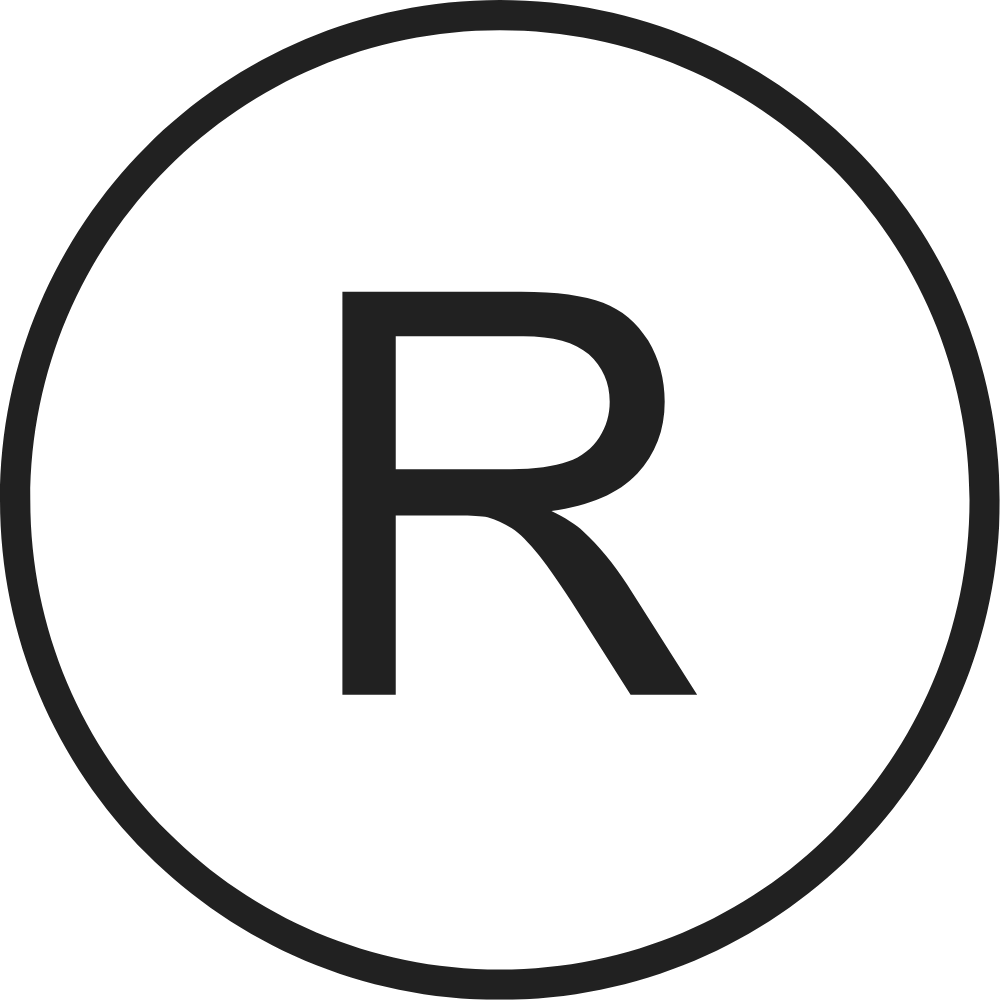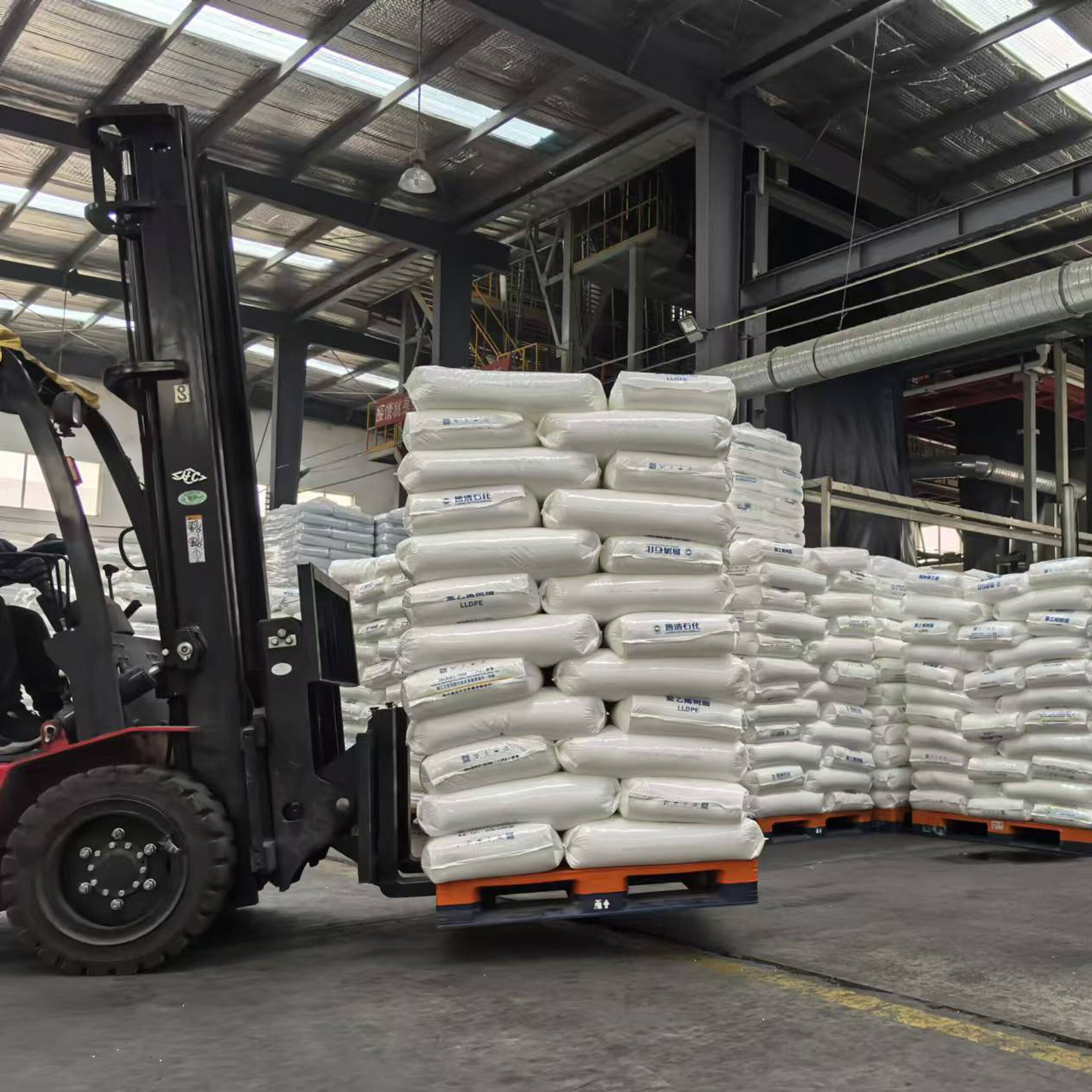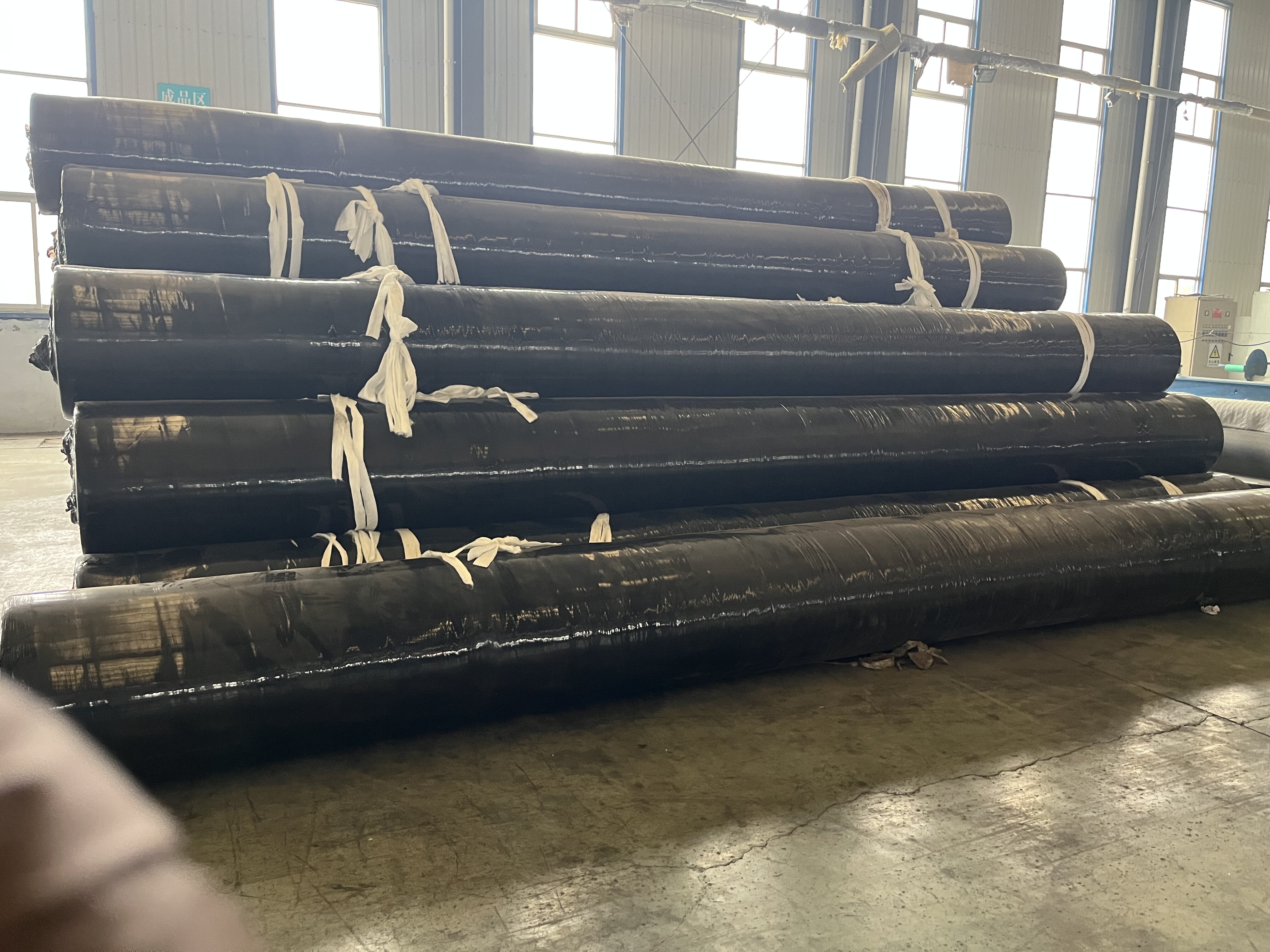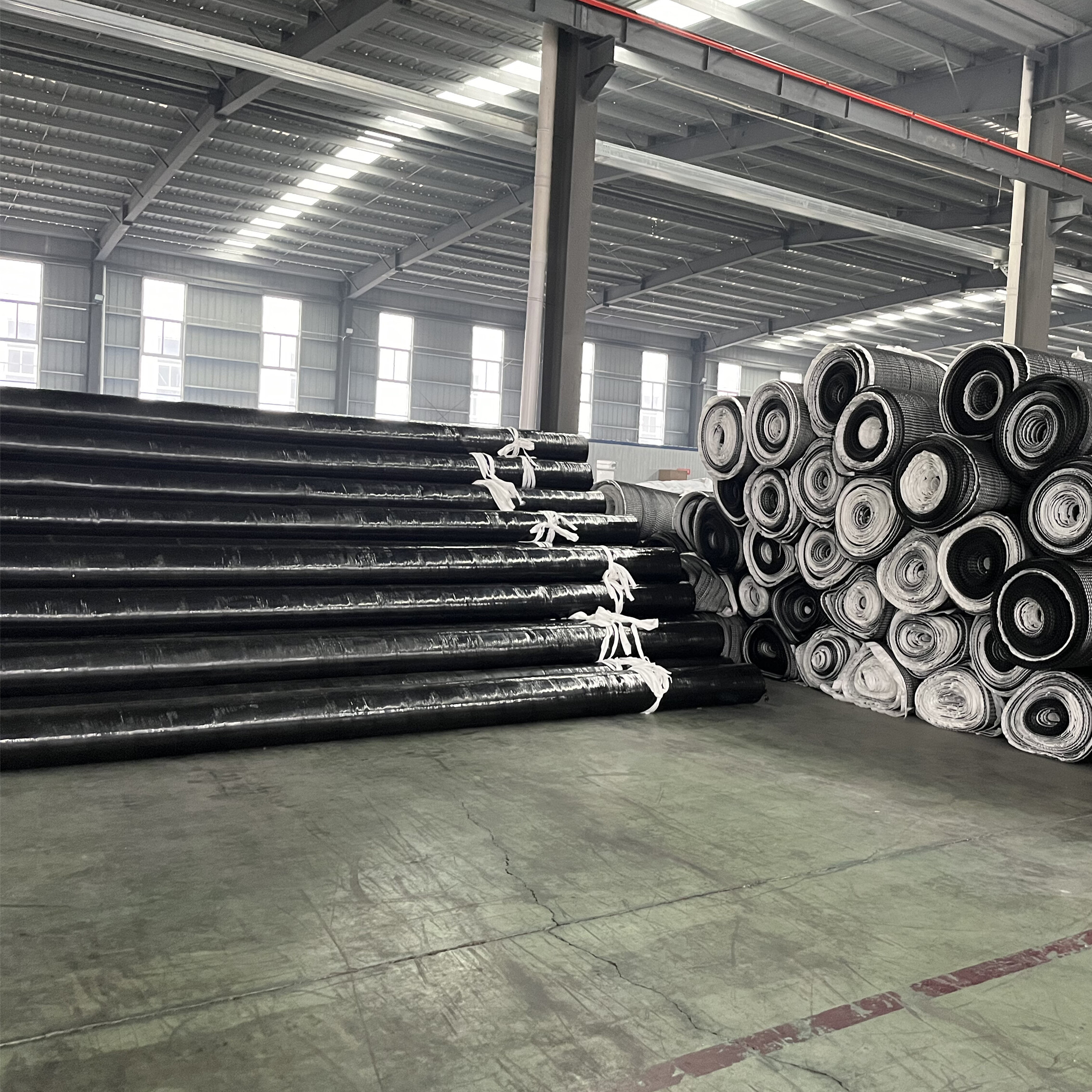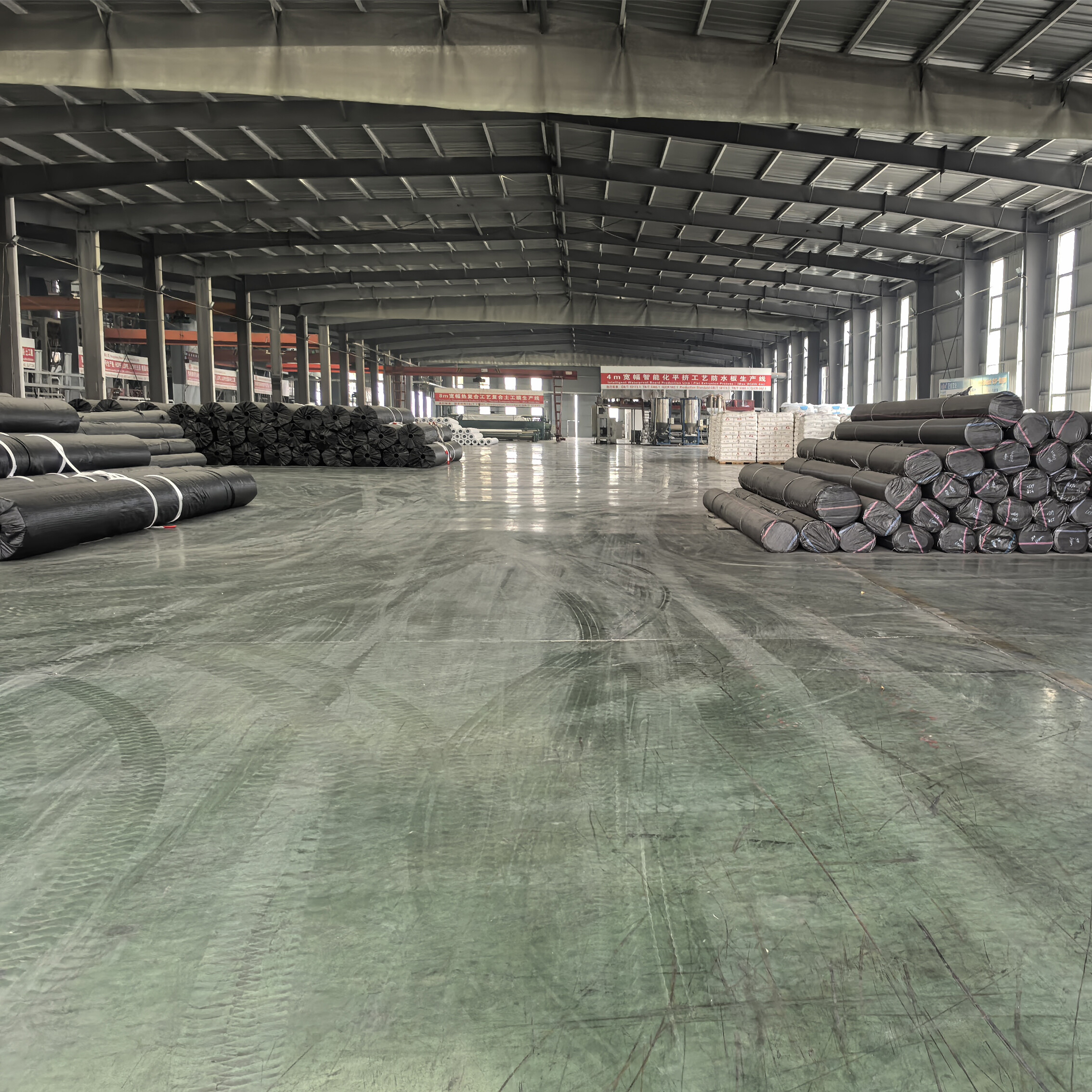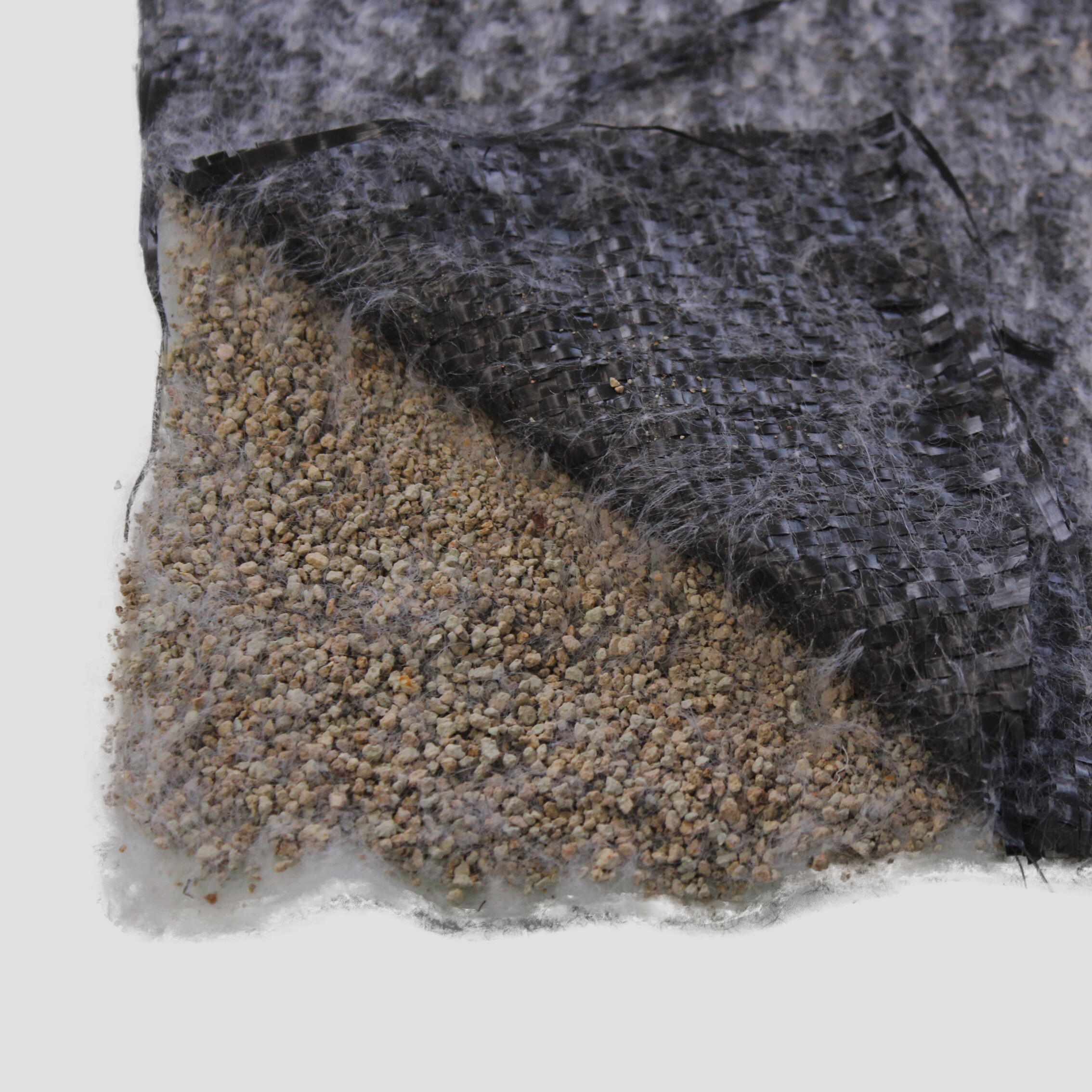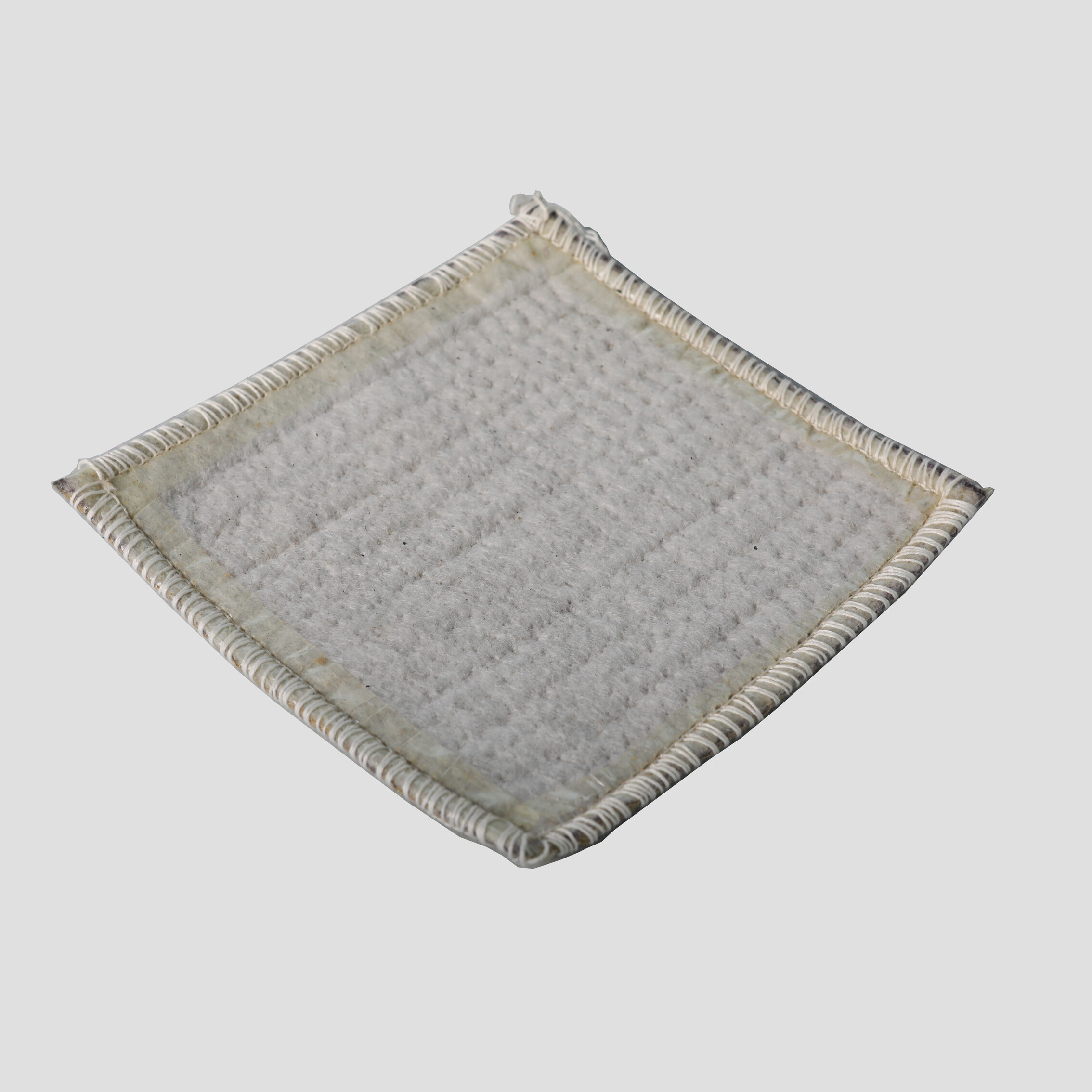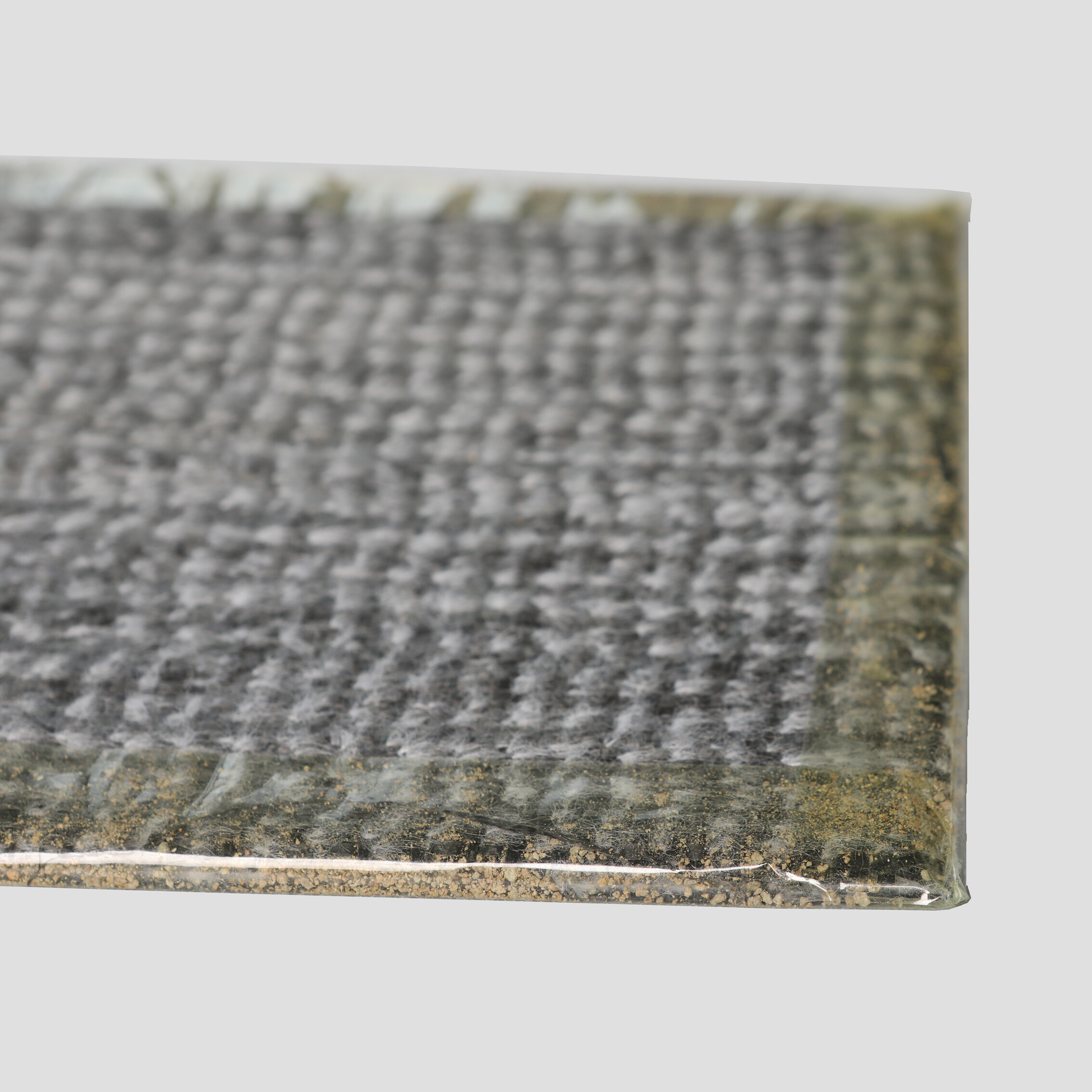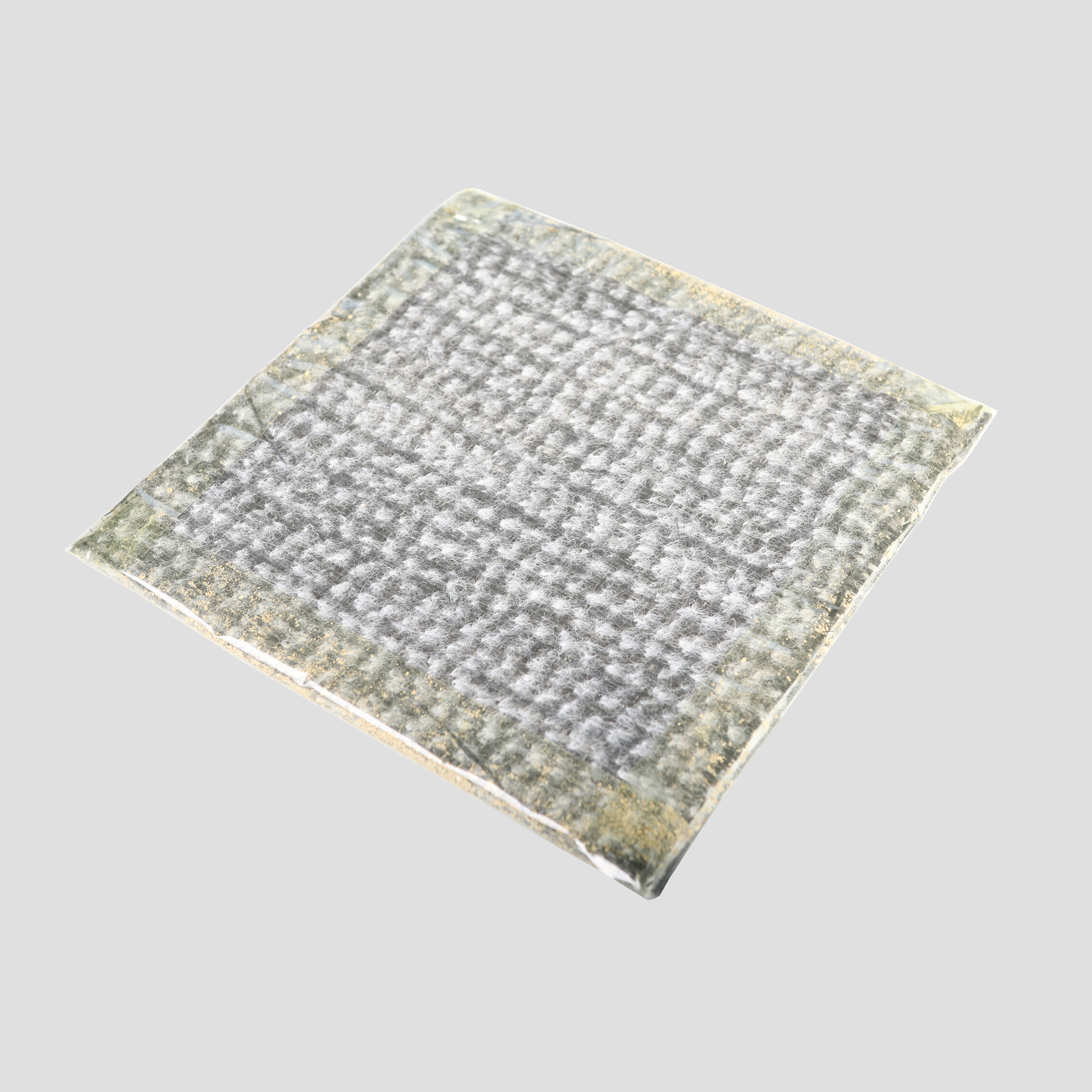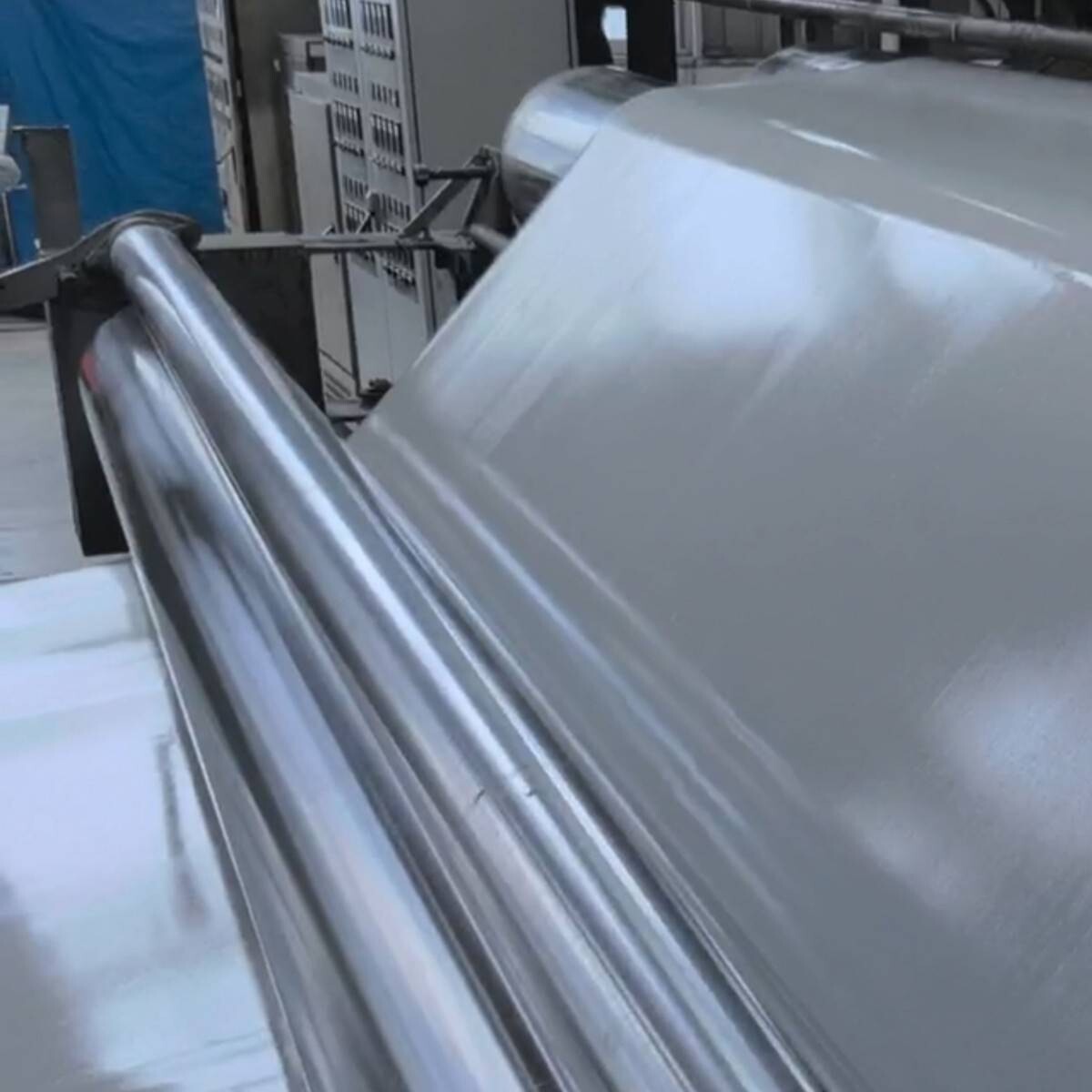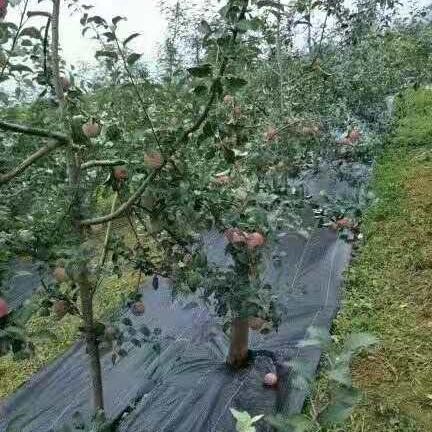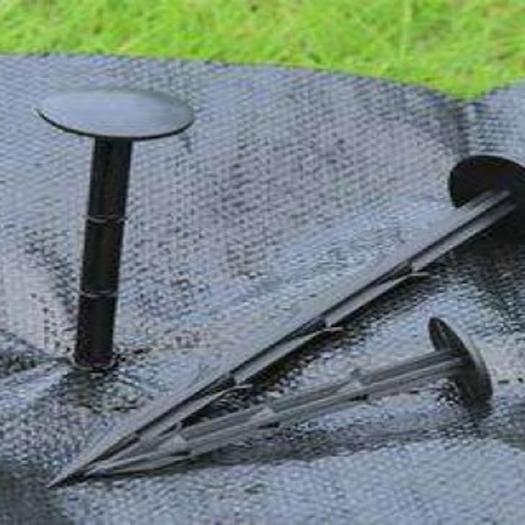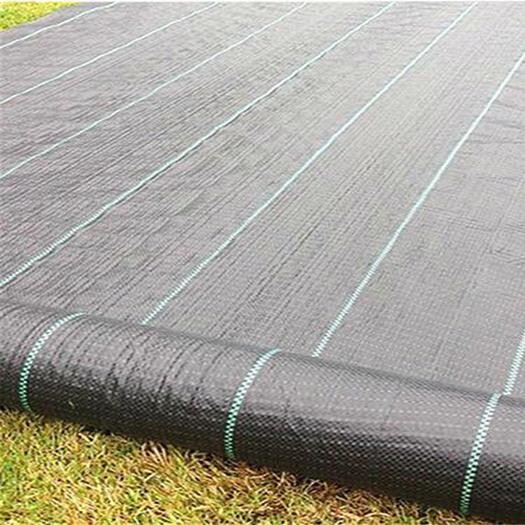Product Overview
Geosynthetic Clay Liners for Artificial Lakes are advanced geosynthetic materials designed to provide an impermeable barrier for artificial lakes, ponds, and reservoirs. Made from a layer of sodium bentonite clay encapsulated between two geotextiles, these liners offer excellent waterproofing capabilities, preventing water leakage into surrounding soil or groundwater. The natural swelling of the bentonite when hydrated forms a self-sealing, durable barrier, ensuring long-term water retention and environmental protection.
Product Features
- Superior Water Retention: The bentonite clay layer swells and seals when it comes into contact with water, providing a highly effective and long-lasting waterproof barrier.
- Self-Healing: Any minor punctures or tears in the liner will naturally seal themselves, thanks to the self-healing properties of the bentonite, ensuring durability and reliability.
- High Durability: The geotextile reinforcement provides added tensile strength and resistance to mechanical damage, ensuring that the liner can withstand environmental stresses and water pressure.
- Chemical and UV Resistance: The GCL material resists degradation from UV radiation and environmental chemicals, making it suitable for long-term outdoor use in artificial lakes and ponds.
- Eco-Friendly: Made from natural, non-toxic materials, the GCL is environmentally safe, providing a sustainable solution for water retention.
Product Specifications
- Material Composition: A layer of sodium bentonite clay sandwiched between two nonwoven geotextiles, providing both strength and impermeability.
- Thickness: The bentonite layer typically ranges from 5mm to 10mm, while the overall thickness of the GCL usually ranges from 8mm to 15mm, depending on project needs.
- Width: Available in rolls up to 6 meters wide, suitable for large-scale artificial lakes and pond projects.
- Permeability: The GCL has a permeability coefficient of 10^-9 cm/s or lower, making it an excellent material for preventing water leakage.
- Tensile Strength: Tensile strength typically ranges from 8-15 MPa, providing high resistance to mechanical forces.
- Weight: The GCL typically weighs between 4-5 kg/m², offering easy handling and transportation.
Applications
- Artificial Lakes: Perfect for use in artificial lakes, reservoirs, and ponds where long-term water retention and leakage prevention are essential.
- Water Features: Ideal for decorative water features in parks, gardens, and recreational areas, providing an effective waterproofing solution.
- Eco-Parks and Wetlands: Used in the creation of eco-parks and constructed wetlands, where maintaining water quality and preventing leakage is critical.
- Aquaculture: Suitable for fish ponds and aquaculture facilities where controlling water levels and preventing seepage is crucial.
- Stormwater Management: Can be used in stormwater ponds or basins to prevent contamination and ensure controlled water retention.
Construction Recommendations
Site Preparation: Ensure the subgrade is free from sharp objects and debris that could puncture the liner. The surface should be smooth, level, and compacted to avoid damage and irregular stress on the liner.
Installation Method: Lay the Geosynthetic Clay Liner in a uniform, flat manner, minimizing wrinkles and ensuring that the seams overlap by at least 15-30 cm. Avoid stretching or over-tightening the material during installation.
Seam Sealing: The seams should be sealed properly using stitching or adhesive methods, as recommended by the manufacturer. Overlapping seams ensure a continuous, impermeable barrier that is crucial for waterproofing applications.
Protection During Installation: During installation, avoid walking on the liner with shoes that could puncture it. Use soft tools to handle the material and avoid dragging heavy equipment across the liner.
Backfilling: Once installed, cover the liner with soil or other protective materials as soon as possible to protect it from UV rays, wind, and other environmental factors. Backfilling helps to anchor the liner and prevent it from shifting.
Quality Control: After installation, conduct regular inspections and tests, such as permeability tests and seam integrity checks, to ensure the liner performs as intended. Ensure there are no gaps, tears, or defects that could compromise its waterproofing function.
FAQ
- What can you buy from HONGYUE?
Geogrid, Geomembrane, Geocell, Geotextile and other geosynthetic materials.
- What you can expect from HONGYUE?
Competent and knowledgeable technical engineers .
Customized service according to engineering requirements .
Complete solutions for product design, delivery and installation in construction projects .
Offer various complementary product portfolio and contract project.
- How can HONGYUE guarantee quality?Always a pre-production sample before mass production;
Always final Inspection before shipment - What is your sample policy?
We can provide the sample free, you just pay for the transportation freight then you can get 3-5 days.
- What is the services can HONGYUE provide?Accepted Delivery Terms: FOB,CFR,CIF,EXW,DDP,Express Delivery,and so on ;
Accepted Payment Currency:USD,CNY;Euro;and so on ;
Accepted Payment Type: T/T,L/C,MoneyGram,Credit Card,PayPal,Western Union,Cash - Are you manufacturer or trading company ?
We are a professional manufacturer
- How about your delivery time?The specific delivery time depends on the items and the quantity of your order.
Inquiry about this product
Related Recommendations
If there is no accurate search result, please contact us and we will respond within 24 hours.


